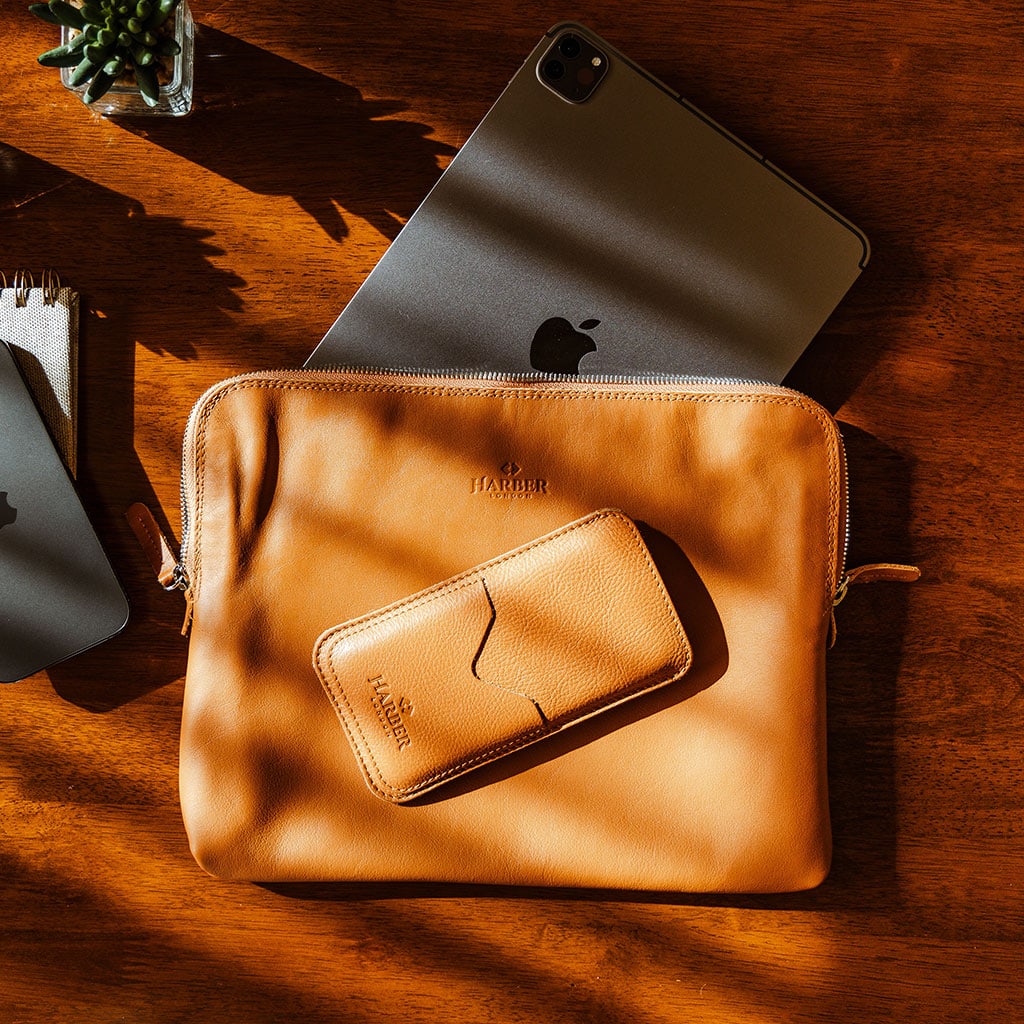How to tell if iPad is fake?
How to tell if iPad is fake?
Spotting a counterfeit iPad requires attention to specific details in its design, packaging, and performance. Explore distinct indicators and practical steps to identify fake iPads, safeguarding against fraudulent purchases and ensuring genuine product quality.
Unmask the impostor: How to spot a fake iPad!
Certainly! Here’s a detailed guide on how to identify if an iPad is fake:
- Check Serial Number and Model:
- Go to Settings > General > About on the iPad.
- Match the serial number and model information displayed with the information on the iPad’s packaging or the official Apple website’s “Check Coverage” page.
- Inspect Physical Features:
- Look for irregularities in the build quality, such as uneven seams, rough edges, or cheap plastic materials, which could indicate a counterfeit.
- Examine the buttons, ports, and logos for any inconsistencies or mismatched placements compared to genuine iPads.
- Screen Quality and Fonts:
- Counterfeit iPads may have lower screen resolution, poor color accuracy, or uneven brightness across the display.
- Check the font and clarity of text on the screen; fake iPads might have slightly altered fonts or blurry text.
- Verify Packaging and Accessories:
- Genuine iPads come with high-quality packaging. Inspect the box for spelling errors, faded colors, or missing information.
- Verify that accessories like the charger, cable, and documentation match Apple’s standards. Counterfeit accessories might look cheaper or poorly made.
- Boot-up Screen and Software:
- When turning on the iPad, the Apple logo and boot-up process should look identical to a genuine iPad.
- Counterfeit iPads might have altered or outdated versions of the iOS operating system or unfamiliar interfaces.
- Test Performance and Features:
- Use the iPad to test its functionality, including the touchscreen responsiveness, camera quality, sound, and connectivity.
- Fake iPads might have limited features, poor performance, or malfunctioning hardware components.
- Visit an Authorized Retailer or Apple Store:
- If in doubt, take the iPad to an authorized Apple retailer or an Apple Store for inspection.
- Apple representatives can often verify the authenticity of the device and provide guidance on potential red flags.
- Research and Compare:
- Compare the suspected counterfeit iPad with an authentic one, either in person or through detailed online images and specifications.
- Look for distinct differences in appearance, size, weight, and overall build that could indicate a fake iPad.
Spotting a fake iPad requires attention to detail and familiarity with genuine Apple products. If you suspect that you have purchased a counterfeit iPad, contact the seller or Apple Support for further assistance and verification.
Are there limitations in features or noticeable hardware malfunctions that might indicate a fake iPad?
Certainly, several indicators of a fake iPad might surface through limitations in features or noticeable hardware malfunctions. Counterfeit iPads often exhibit compromised functionalities or hardware inconsistencies that differ from genuine Apple devices. Common red flags include inferior camera quality, erratic touchscreen responsiveness, subpar sound output, and connectivity issues like unstable Wi-Fi or Bluetooth connections. Fake iPads may also lack certain features that are standard in genuine Apple products, such as missing sensors or gyroscopes affecting augmented reality (AR) capabilities, or discrepancies in the available storage capacity, which might be falsely advertised or considerably lower than stated.
Moreover, noticeable hardware malfunctions, such as overheating, sudden battery drainage, or frequent system crashes, can signal a counterfeit iPad. These issues often stem from inferior or poorly assembled components used in fake devices. Users might experience difficulties in charging, where counterfeit chargers could fail to properly charge the device or pose safety hazards due to inferior build quality. Recognizing these limitations and hardware malfunctions becomes crucial during an assessment to distinguish between a fake iPad and an authentic one, ensuring a reliable and fully functional device for the user.
Conclusion
In conclusion, spotting a fake iPad requires attention to detail and familiarity with genuine Apple products. If you suspect that you have purchased a counterfeit iPad, contact the seller or Apple Support for further assistance and verification. To help verify whether your device is authentic or not, test its performance and features, compare it to an authentic model, and visit an authorized retailer or Apple Store for inspection. Additionally, be aware of any limitations in features or hardware malfunctions that could indicate a fake iPad. Doing so will ensure you have a reliable and fully functional device that works as intended.





You must be logged in to post a comment.